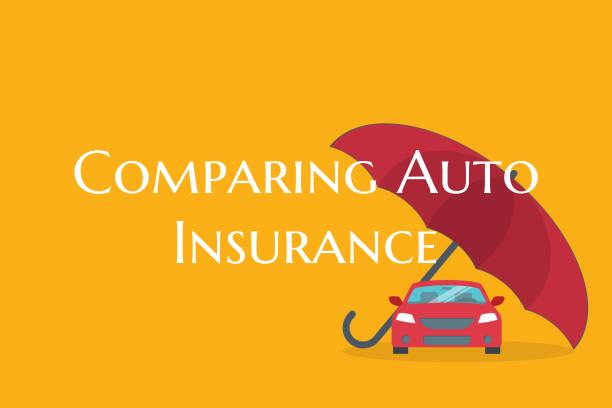When it comes to protecting your vehicle and ensuring financial security in case of accidents or damages, auto insurance is essential. However, with numerous insurance providers and policy options available, selecting the right coverage can be a daunting task. To make an informed decision, it is crucial to compare auto insurance options effectively.
1. Understand Your Coverage Needs: Before comparing auto insurance policies, assess your coverage requirements. Consider factors such as the value of your vehicle, your driving habits, and the level of protection you desire. Understanding your needs will help you focus on relevant policy features during comparison.
2. Compare Premiums and Deductibles: One of the primary factors to consider when comparing auto insurance is the premium cost and deductible amount. While a lower premium may seem attractive, it is essential to examine the deductible – the amount you must pay out of pocket before your coverage kicks in. A higher deductible often results in lower premiums but requires more significant upfront costs in case of a claim.
3. Review Coverage Options: Auto insurance policies offer a variety of coverage options, including liability, collision, comprehensive, uninsured/underinsured motorist, and medical payments coverage. Evaluate each policy’s coverage offerings to determine which aligns best with your needs. For instance, if you own a newer vehicle, comprehensive coverage may be worth considering to protect against theft, vandalism, or natural disasters.
4. Check Discounts and Benefits: Many insurance providers offer discounts based on factors such as safe driving history, multiple policies, vehicle safety features, and low mileage. Additionally, some insurers provide benefits like roadside assistance, rental car reimbursement, or accident forgiveness. Be sure to inquire about available discounts and benefits when comparing auto insurance options.
5. Research Customer Satisfaction and Financial Strength: Before finalizing your choice, research the insurance provider’s reputation for customer service and financial stability. Reading customer reviews and checking ratings from agencies like J.D. Power or A.M. Best can provide insights into the insurer’s reliability and claims handling process.
6. Consider Exclusions and Limitations: Pay attention to any exclusions or limitations within the policy. Some policies may not cover certain types of damages or circumstances, so it is crucial to understand the extent of coverage provided. Clarify any doubts with the insurance agent before making a decision.
By comparing auto insurance policies based on these factors, you can select a coverage option that meets your needs, fits your budget, and provides peace of mind on the road. Remember that periodic reassessment of your coverage needs and comparison of insurance options can help you secure the best protection for your vehicle.

